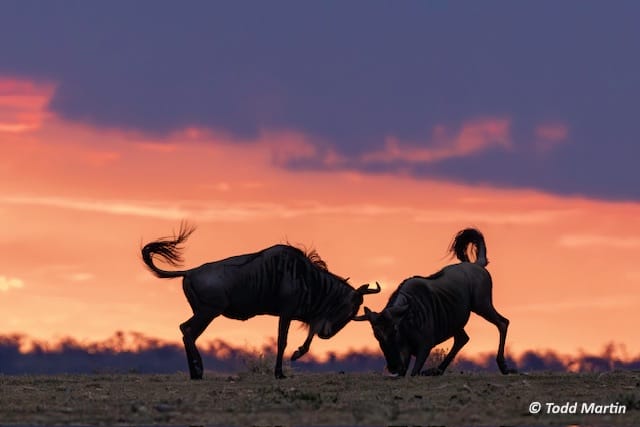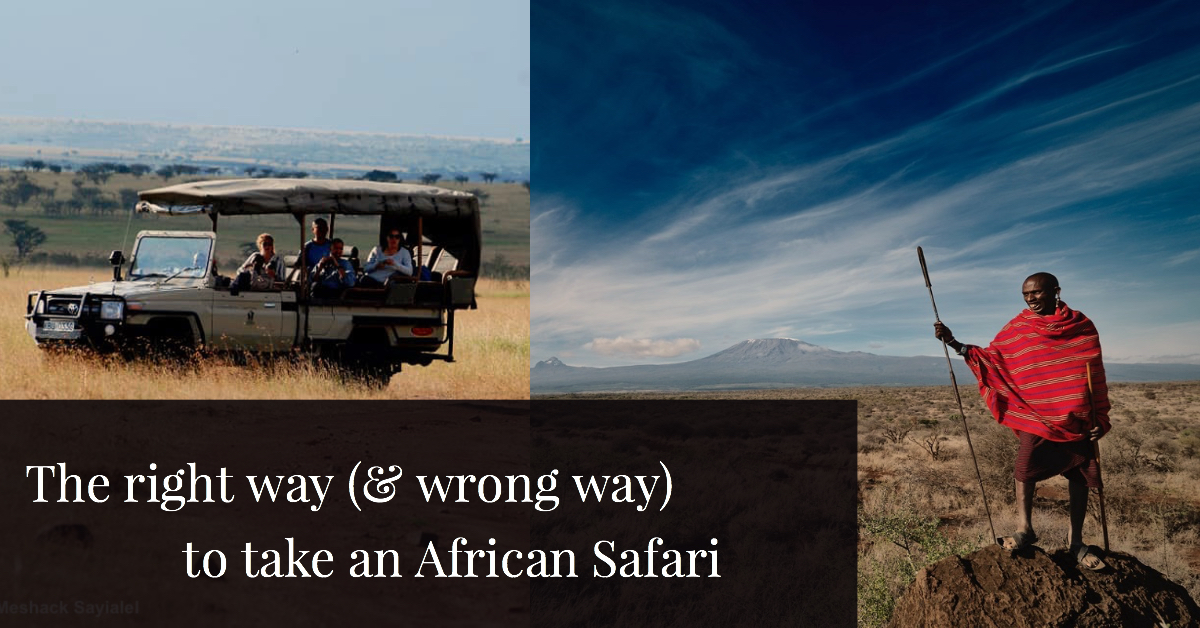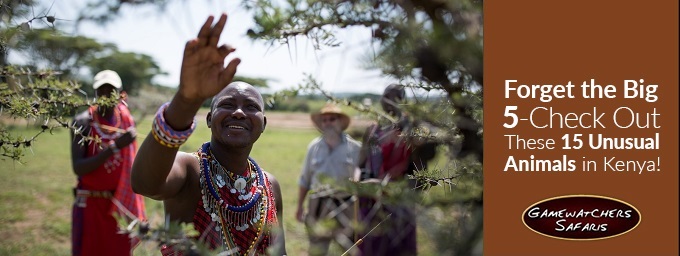
Everyone wants to catch a glimpse of the Big Five on their safari adventure: African Lion, African Elephant, Cape Buffalo, African Leopard and Rhinoceros.
But Kenya is full of other strange, unusual, and beautiful creatures outside this illustrious group. So grab your backpack and the best binoculars you can find to see these 15 unusual animals in Kenya on safari.
Did you know there is more than one kind of giraffe in Kenya?
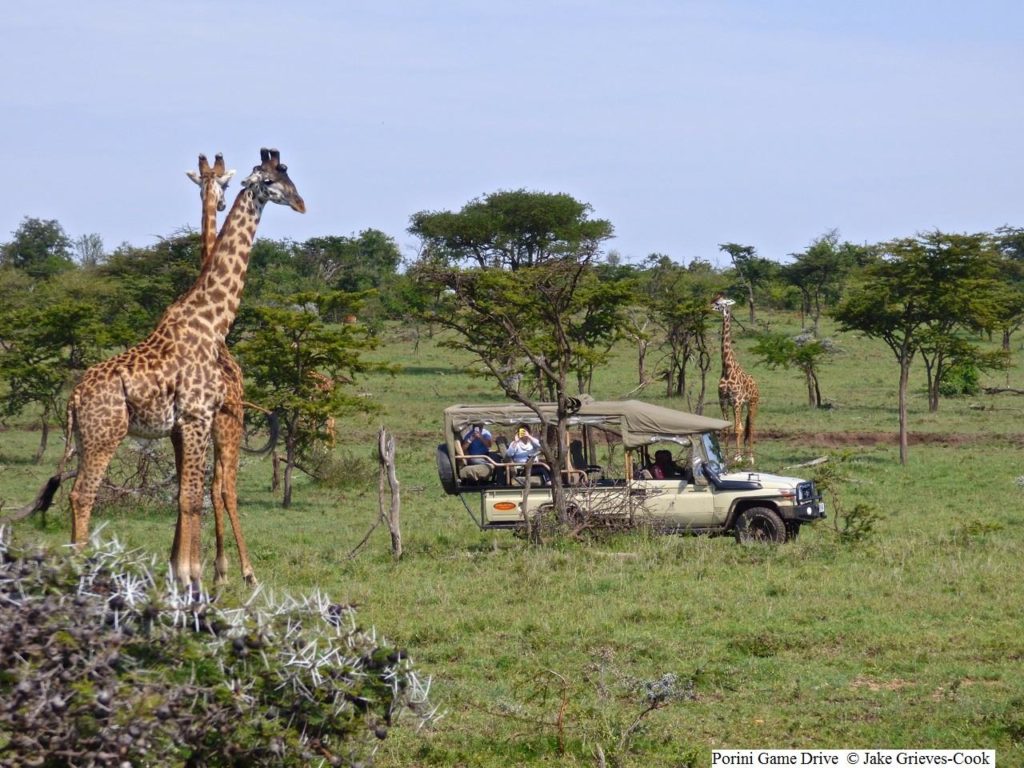
Giraffes fascinate us. Their long necks, beautiful brown patches, and “horns” (those are “ossicones,” by the way) have always made them one of the most curious of animals.
But did you know there is not only one type of giraffe?
In Kenya alone, you can see three different subspecies. Find the less-common Reticulated Giraffe in the Samburu Reserve.
An even rarer sight to behold is Rothschild’s Giraffe, which has found sanctuary at Lake Nakuru. Finally, spot the Maasai Giraffe while out on safari in the Kenyan plain—it’s the most common here.
If you thought watching a giraffe on your screen was interesting, how much more amazing would it be to see these incredible animals in their natural habitat?
Now here’s a horse of a different color – the zebra!
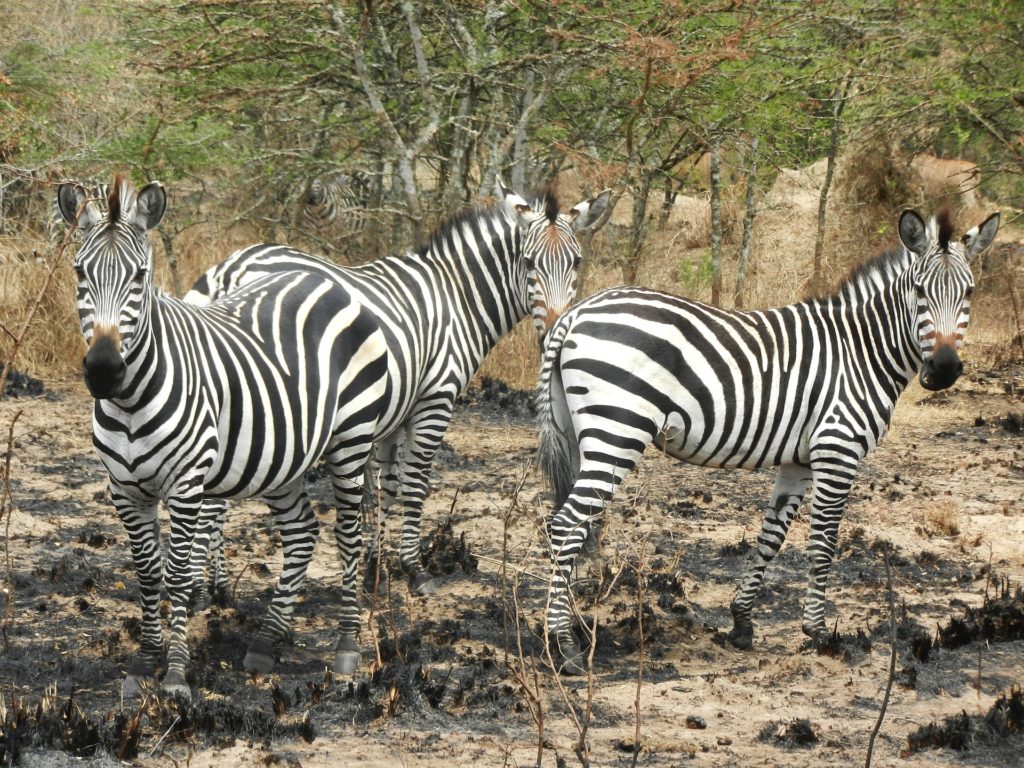
The African cousin of the horse and donkey is the famously black and white striped zebra. Three different subspecies exist, including two in Kenya: the Plains Zebra and the endangered Grevy’s Zebra.
While on safari, the common plains zebra roams in many of the Kenyan reserves, so there is a great chance you will see one. If you hope to see the Grevy’s zebra, best chances are at Samburu Reserve.
Wherever you choose to safari in Kenya, be on the lookout for the colorless, but no less extraordinary, zebra!
Feast your eyes on thousands of flamingos at Lake Bogoria.
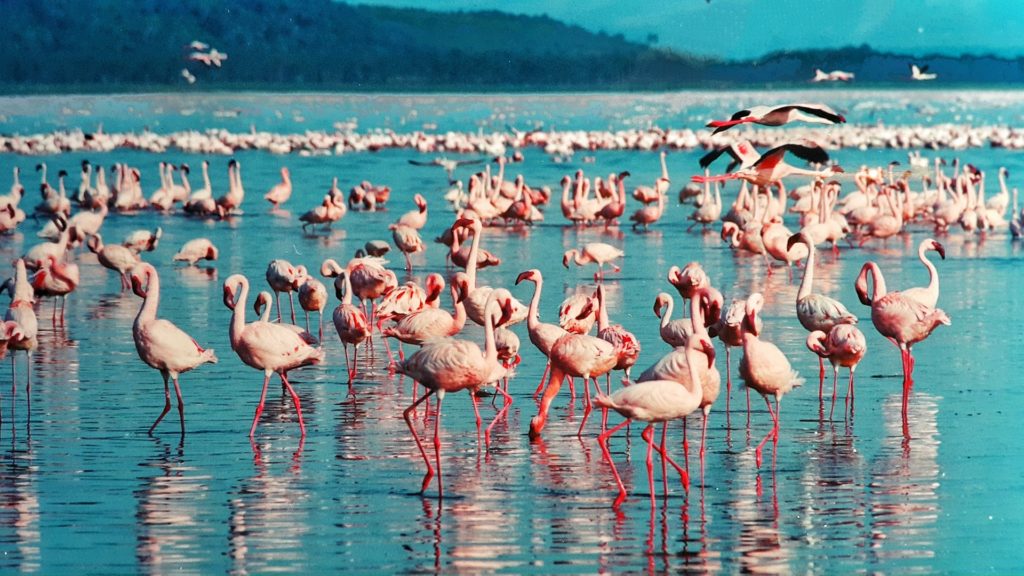
Take a visit to Lake Bogoria National Reserve in Kenya’s Rift Valley for sensational sights of flamingos. This area protects these and many other species of birds in the plains and hills surrounding the lake.
The warm alkaline waters encourage an unusual blue-green algae to flourish, and it is this abundant food source that attracts hundreds of thousands of pink flamingos to the lake making it an unmissable sight at certain times of the year.
The flamingo gets its pinkish color from the plankton it eats. They are famous for balancing on one leg for long periods of time (though no one is quite sure why).
No, that’s not a mini leopard— it’s a serval cat!
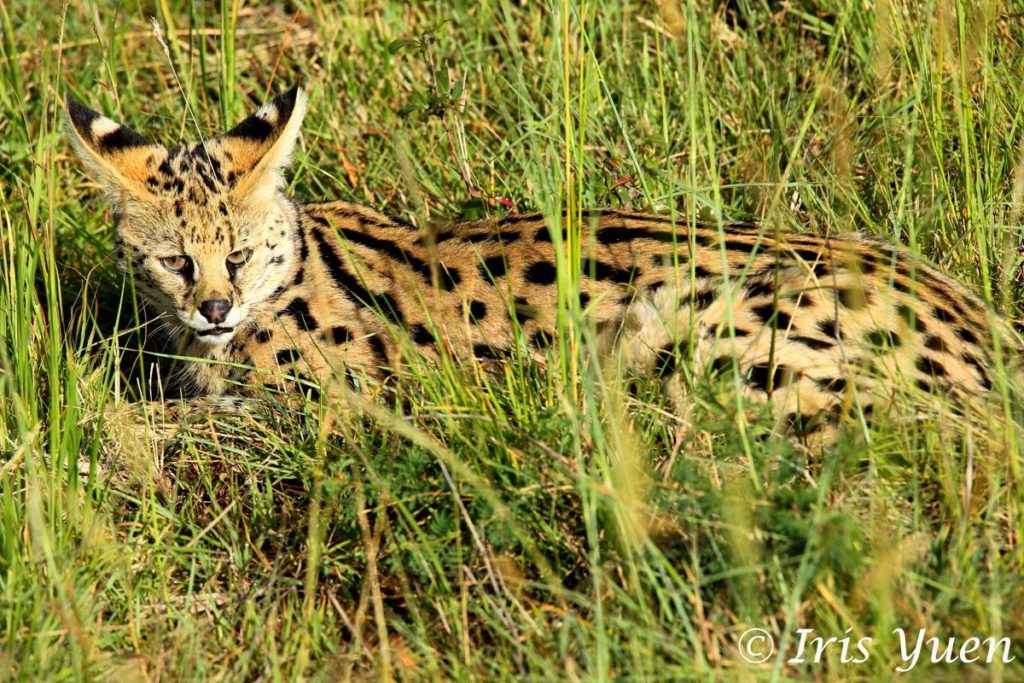
Experience the African safari in a completely different way during a night game drive in the Selenkay Conservancy. These drives provide an excellent experience to see nocturnal animals, including the serval cat.
The medium-sized wild cat’s patterning has spots like a leopard and stripes like a tiger, although no relation exists. Servals walk about two miles every night and feed on rodents, reptiles, insects, and other small creatures. You don’t want to miss out on this singular cat while visiting Kenya!
Race to see the fastest animal on land.
While driving along in your jeep on safari, you might be lucky enough to see a large, orange blur race by. That blur would be a cheetah, the fastest animal on land, reaching speeds of up to 112 km/h (70 mph). But they are not always in such a hurry, cheetahs are also seen relaxing in groups.
Our wildlife conservancies are home to various cheetah families, and our safari guides can identify individuals from their patterns and personalities. The video above shows female cheetah “Entito” and her cubs in Ol Kinyei Conservancy which surrounds Porini Mara Camp.
Poaching throughout the 20th century has reduced numbers, and now the cheetah is vulnerable, with many researchers believing it to be endangered.
Check out the amazing leaps of the caracal—it can swat a bird out of the air at 3 meters!
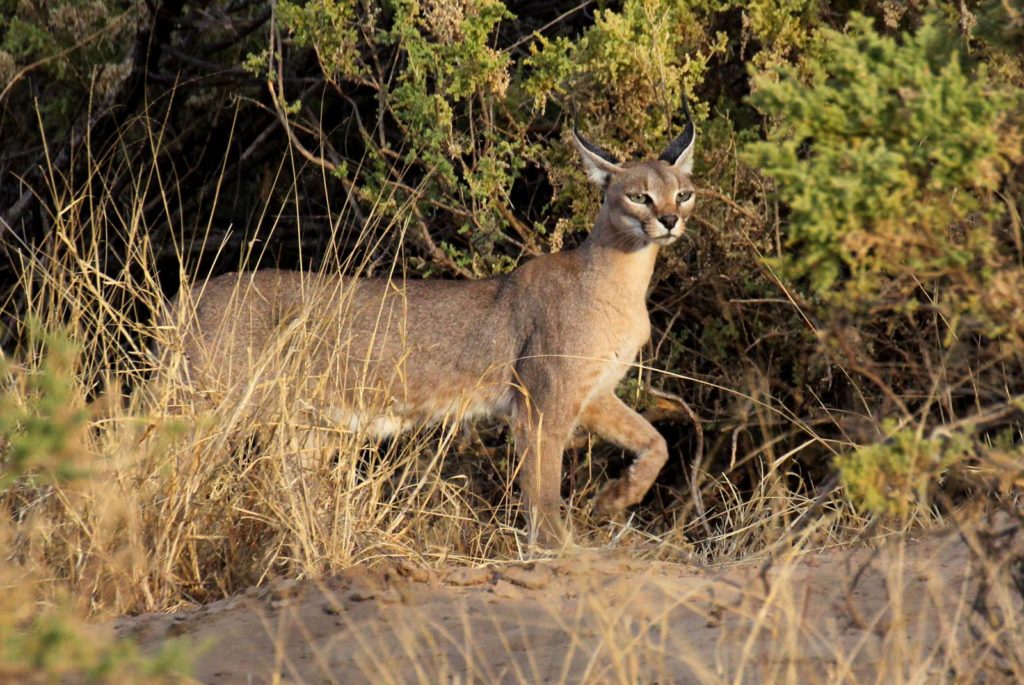
Smaller than the serval and without patterned fur is the caracal. With tufted ears, the caracal looks a bit like an African version of a lynx, however, it is most likely related to the serval and golden cat.
Those funny looking tufts are more than just a fashion statement. While many theories exist as to their function, many believe caracals use their tufts to communicate with others of their kind.
And don’t let its petite cuteness fool you – these felines are ferocious when attacking prey. With the ability to jump 3 meters (that’s about 10 feet), keep your eyes peeled for the caracal while on the African savannah.
Don’t miss the World Cup of Wildlife—the Great Wildebeest Migration from the Serengeti to the Mara.
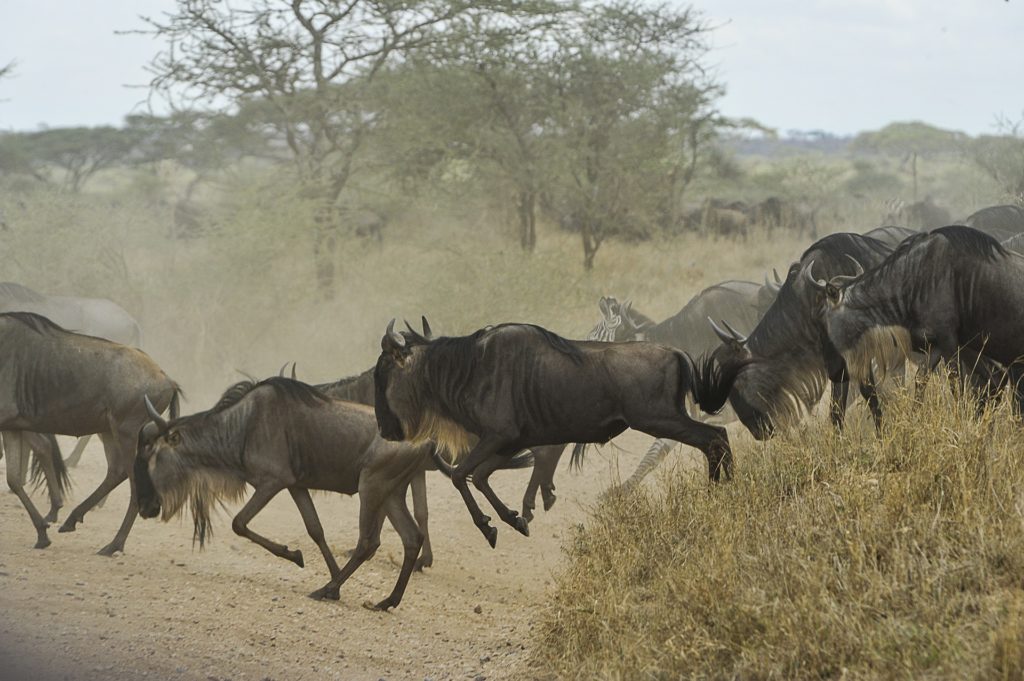
Ever wanted to see a “Wonder of the World”? While on safari in the Mara, you can. The Great Wildebeest Migration certainly lives up to the title. Hundreds of thousands of wildebeest, zebra, and other plains animals move from the Serengeti of Tanzania to the Mara of Kenya every year, usually from June to October.
During this migration, around 300,000 calves are born and travel with the others, only days and weeks old. Seeing this spectacle and hearing the sound of thousands upon thousands of hooves pounding across the earth is the experience of a lifetime.
Honey badger – not so sweet.
The honey badger does not live up to its name – it is not sweet as honey. While the black and white furry creature appears cute and cuddly, in reality, it attacks aggressively, even chasing lions away from their kill to take it for themselves.
A viral video of a National Geographic spot shows a honey badger attacking and eating a cobra, not ‘caring’ about the fact that the snake is incredibly venomous. After this video came to light, researchers conducted bloodwork and found that the honey badger is indeed immune from the cobra’s poison.
So while the honey badger may not care about much, you may care to see it up close in the Kenyan wild.
Laugh-out-loud with the hilarious hyena!
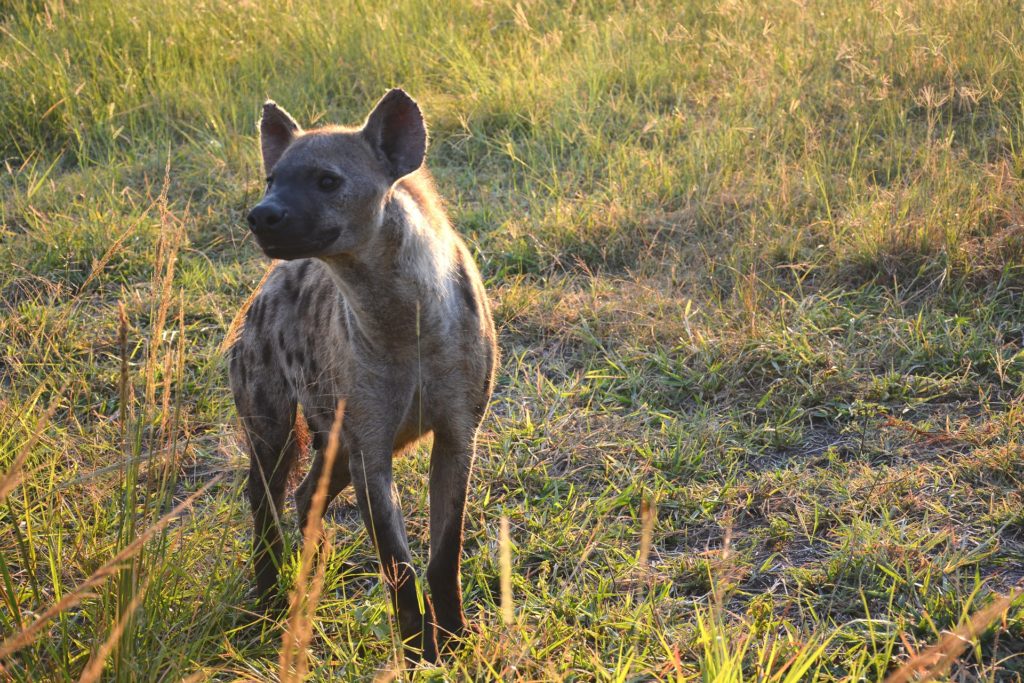
Okay, so maybe the hyena doesn’t actually laugh, but the noise it makes sounds pretty funny! There are many misconceptions regarding hyenas.
For instance, spotted hyenas actually hunt most of their prey, while it’s the striped hyena that mainly scavenges. And contrary to how pop culture typically depicts hyenas as cowards, they will chase lions off in order to get their kill.
Find hyenas while out on a night game drive or even in the early rays of the morning sun.
Giraffe or gazelle? You be the judge of the peculiar gerenuk.
The gerenuk (that’s pronounced gair-uh-nook), or giraffe gazelle, has the body and size of a gazelle, but a long neck like a giraffe.
In fact, gerenuk means “giraffe-necked” in Somali. The extra length allows gerenuks to access branches that are too high for other antelopes to reach.
The gerenuk roams the plains of the Selenkay Conservancy. Make sure to turn your camera to “portrait” when snapping a photo of the remarkable gerenuk.
Sing “Hakuna Matata” with a real-life Pumbaa.
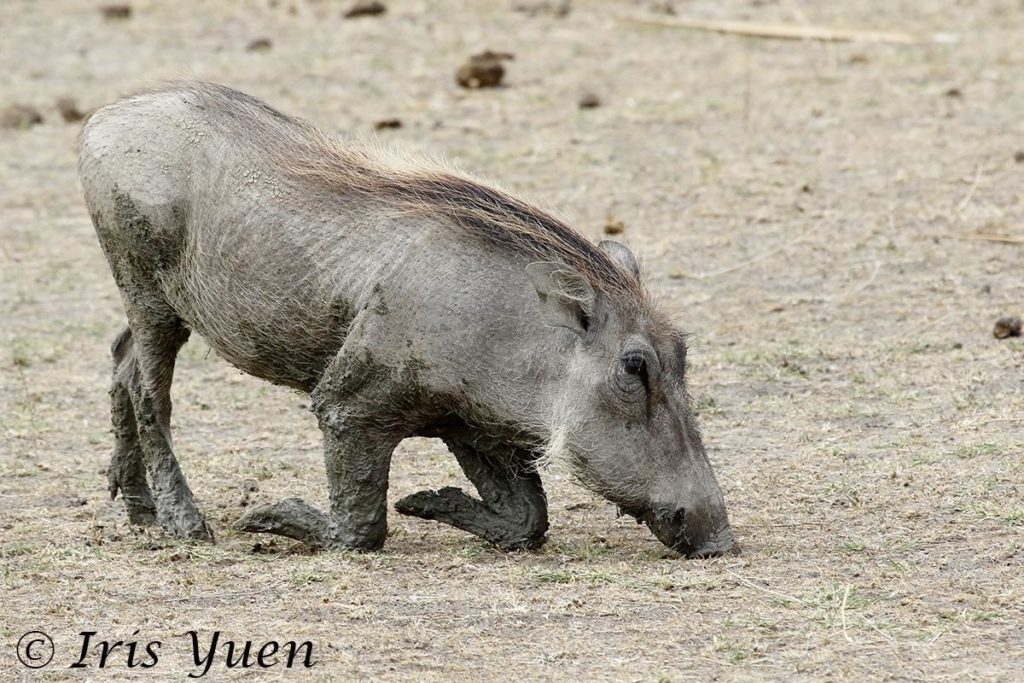
Have “no worries” when exploring Lake Nakuru for warthogs, the inspiration for Disney’s The Lion King’s comical character, Pumbaa.
While the animated warthog hung out with Timon the meerkat, in real life, these two animals do not actually co-exist in Kenya. Instead, find warthogs drinking from the glassy waters of a stream or waterhole, or foraging for food nearby. Just like any other pig, a warthog’s diet consists of mainly what it can find, which includes berries, roots, tree bark, and grass.
It may not be the most glamorous animal on safari, but the warthog sure is one of a kind.
The African Wild Dog is not your average Fido…
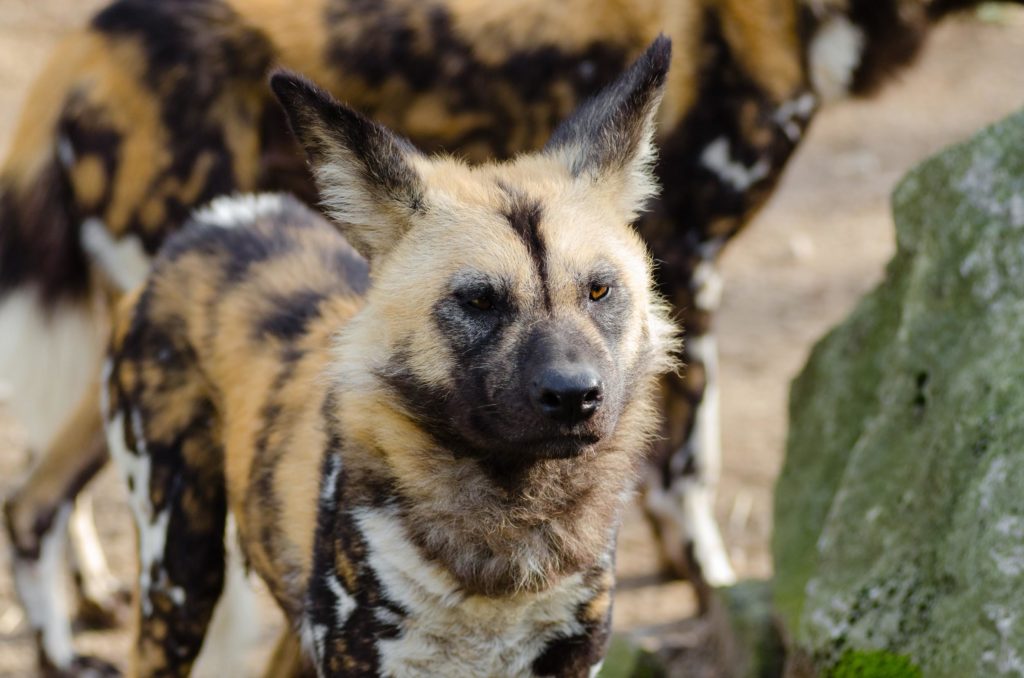
Driving within Ol Pejeta Conservancy, you may encounter the African Wild Dog. While you may be a dog lover, this canine is not the same type of pup you have back home.
The Latin name, Lycaon pictus, means “painted wolf,” due to the blotted patches across its body. The wild dog also compares to a wolf in that it lives in packs and hunts prey in teams.
The African wild dog is an endangered species and rarely seen but in recent years it has started to make a come-back and from time to time has been seen and photographed by our guests in Ol Pejeta, in Selenkay Conservancy and in Ol Kinyei, Naboisho and Olare Motorogi Conservancies in the Mara. The easiest time to see them is when they are “denning”, staying in a burrow or den where the puppies are raised.
Go cuckoo for cuckoos.
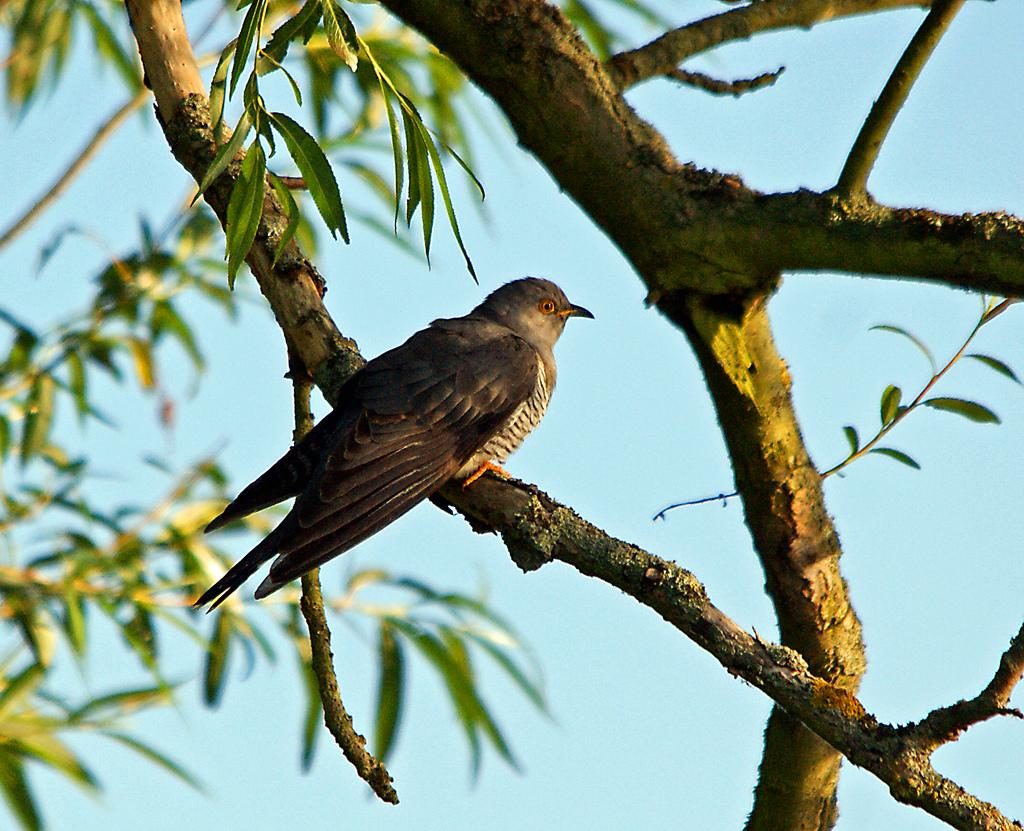
Kenya is home to over 1,000 species of exotic birds and is the ultimate birdwatcher’s paradise. Take an escorted birdwatching safari, escorted by Maasai bird expert, Wilson ole Kasaine, whose encyclopaedic knowledge will enhance your enjoyment.
On this safari, you can expect to identify at least 200 different species of birds, including 10 varieties of the cuckoo!
Yawn with the hippo during an early morning safari.
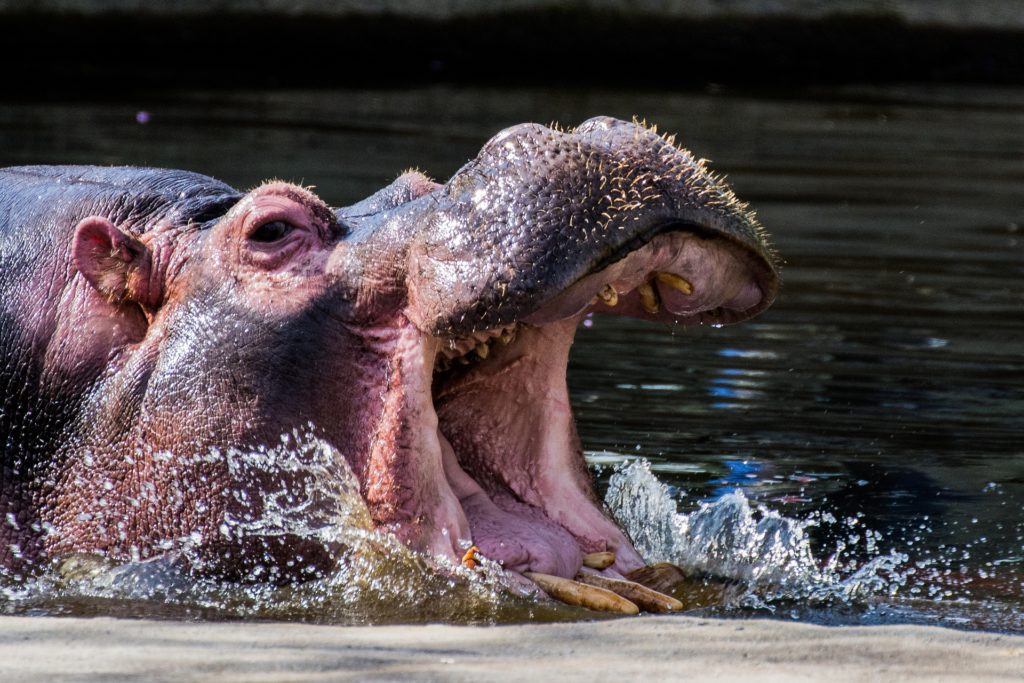
The name “hippopotamus” comes from the Greek for “river horse.”
While the hippo may not resemble the ponies you are used to, it certainly does enjoy water. Catch hippos splashing around in pools or rivers in the early morning before they hide from the hot afternoon sun in mud and papyrus leaves.
At dusk, hippos move from water to land to graze upon the grass. Don’t miss out on seeing this unique animal in Kenya!
Gaze into the googly eyes of the galago.
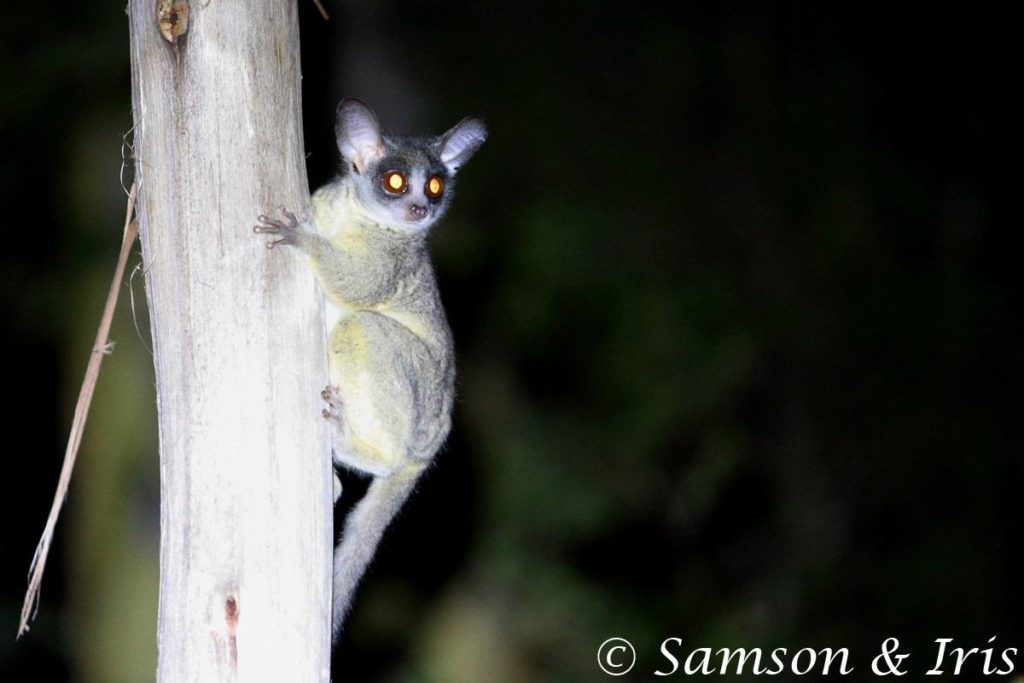
The greater and lesser galagos, or bushbabies, might be the cutest of all the safari animals.
Although they are incredibly small, they have very large eyes as well as loud vocalizations. The galago is part of the primate family and is nocturnal.
While on a night game drive, listen for the calls of the bushbabies from the trees above. Shine a flashlight towards the sounds, and you may just see two big eyes looking back at you.
Want to see these exotic animals in their natural habitats?
While you might think that catching a glimpse of these creatures is only possible at the zoo, the truth is that with Porini Camps, you can easily see most of them plus a huge array of the iconic African wildlife species during your very own Kenyan safari.
Why not have the experience of a lifetime? Just send us a quick enquiry and our expert Safari Advisers will help to plan your safari adventure! Or, if you are still researching your options then sign up for our free 6-part How to Book A Safari email series and discover how to make the most out of your time and budget by experiencing animals in Kenya.
on Monday 15th May 2017 at 09:55



